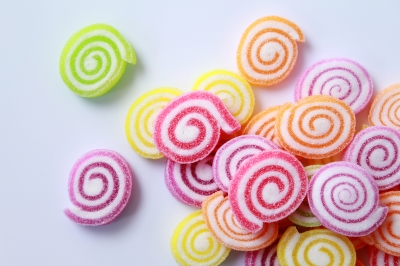By Christina Hyland, MSW, RSW, RHN (Cand.)
Our newest addition to Lakeside, Christina is a registered Social Worker and Holistic Nutritionist with a special interest in the food-mood connection and food addictions as they relate to emotional health. More information about Christina can be found here: https://lakesidehealthcentre.com/christina-hyland/
 Many suffer in silence with their addiction to various foods, one in particular; sugar. Indeed there continues to be a lack of awareness in the social service sector in particular and in the general public of sugar as a form of addiction, despite the scientific research that exists.
Many suffer in silence with their addiction to various foods, one in particular; sugar. Indeed there continues to be a lack of awareness in the social service sector in particular and in the general public of sugar as a form of addiction, despite the scientific research that exists.
Processed sugar as a substance can cause addictive like behaviours and psychological fixations on foods that contain it. Several studies have shown that in fact, sugar can cause an opiate-like response in the brain, crossing the blood brain barrier and hitting our reward pleasure centre. This then induces a stronger desire for more of it. This is perpetuated by the fact that a diet high in sugar can cause blood sugar fluctuations, which in turn increases sugar cravings. Imagine for a minute you’ve just eaten your morning breakfast bagel. At the beginning you may feel an energy boost. Yet, internally this high amount of sugar in the blood, causes the body to release insulin resulting in the infamous “crash”, also known as “hyperglycemia”. This is when cravings tend to set in, as the body calls on us to search for the quickest form of energy, which typically includes sugary, carbohydrate dense foods: cookies, bread, candies and cakes! Although there may be more going on unique to your physiology that can contribute to sugar cravings, the take home message here, is that it isn’t all in your head. That it is not all about “will power” and that you are not alone.
Important to note are the emotional effects that our body’s response to sugar can cause to0 that can perpetuate feelings of shame, guilt, increased cravings and addiction to sugar. For instance, when in a state of hypoglycemia, associated symptoms also include;
- Anxiety
- Confusion
- Fogginess
- Crying spells
- Heart palpitations
- Shakiness
- Headaches
Next time you are feeling anxious or low, ask yourself what have I eaten today? Have I skipped a meal? Could there be a blood sugar imbalance at play? Balancing out these internal processes by supporting your body with nutrient dense whole foods while reducing sugar intake, can help make choice more manageable as your cravings decrease and your mood elevates. Here are just a few of the common foods that you might not have known contains excess sugar:
- Bread
- Condiments such as ketchup
- Table Salt
- Foods prepared by restaurants including;
- Tomato Sauce
- Most Soups
- Salad dressings
- Milk and other dairy products such as yogurt.
Instead, incorporate the follow blood sugar regulating foods into your diet:
- Healthy fats and lean protein: Alongside protein, healthy fats such as avocados, can be extremely effective in regulating blood sugar levels as they assist in reducing the uptake of glucose in the blood, causing you to feel more balanced.
- Fiber: Fresh fruits and vegetables provide you with the nutrients that you need and helps to keep you feeling full and satiated.
- Chromium containing foods: Chromium is a mineral that impacts glucose metabolism and thus blood sugar regulation and cravings. Foods containing this include:
- Lean meats
- Asparagus
- Green beans
- Prunes
- Even some spices, such as black pepper and thyme.
Making the change to reduce sugar can often bring up emotions. Some have noted actually going through a “grieving” process when deciding that bread for instance no longer served them. Having support as you journey through this is essential and receiving guidance from a counselor that understands the food-mood connection can assist in working through the patterns and stories that often go hand in hand with our physical attachment to the foods that we eat.
